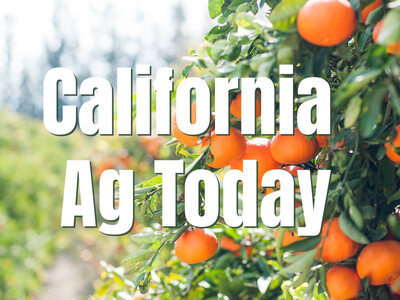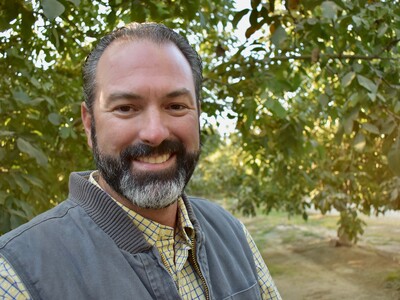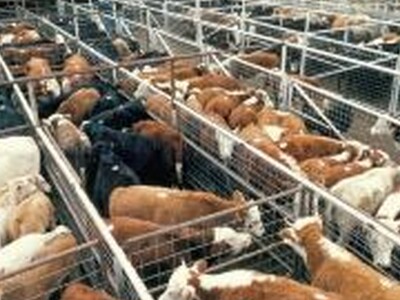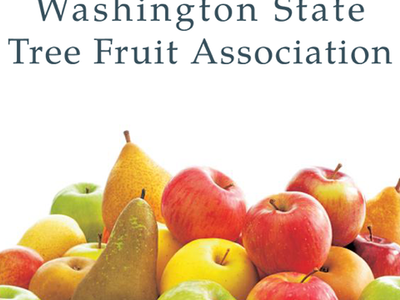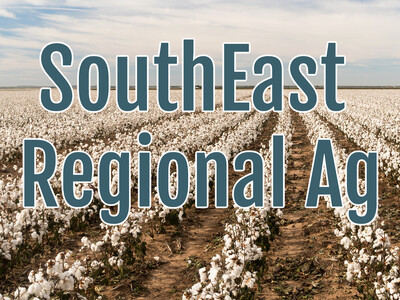Water and Cover Crops

Tim Hammerich
News Reporter
Cover crops have a lot of soil benefits, but how are farmers supposed to implement them when they struggle to have enough water for their primary crop? California Ag Solutions president Silas Rossow said that the data shows the infiltration benefits generally exceed the extra water applied.
Rossow… “Jeff Mitchell out of UC Davis has done a really good job of showing, you know, how much water does a cover crop use in a orchard type setting. And from the research that they've done, and this has been pretty extensive, it really is close to a net zero as far as consumption when managed properly.”
Rossow said these cover crops need to be terminated around May headed into the dry season and before evapotranspiration get really high.
Rossow… “So we're not really using a whole lot of water. And what's interesting is when we have rain events out here in California, it seems like we're getting less and less frequency of rain events, but more and more intensity. So bigger storms. When you've got cover crops in there that plant really opens that soil up in a way that you get almost all of that water absorbing directly into that soil profile. So cover crops play a significant role in just getting that soil to absorb water. Um, as long as you don't let them go too long in that kind of system, that's not a problem.”
That’s Silas Rossow, president of California Ag Solutions.




